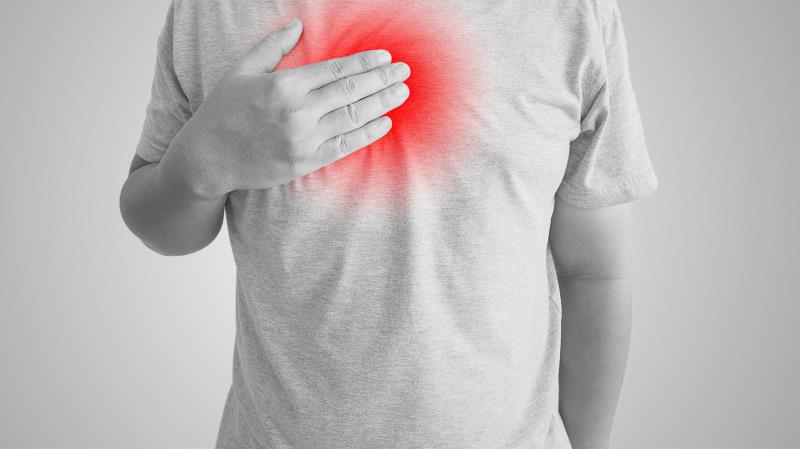Vonoprazan tops lansoprazole in reducing erosive oesophagitis recurrence in Asians





A once-daily maintenance dose of vonoprazan 10 mg or 20 mg may be a suitable substitute to lansoprazole in reducing the risk of erosive oesophagitis (EE) recurrence, according to a phase III noninferiority study presented at DDW 2020.
The double-blind study population consisted of 703 patients (mean age 52.8 years, 73.6 percent male) who had EE (Los Angeles classification grades A–D; 79.8 percent with grade A/B) within 84 days prior to study onset. They were recruited from 70 sites in China, Malaysia, South Korea, and Taiwan. Those who were endoscopically healed after a 4–8-week open-label period of treatment with lansoprazole 30 mg QD were randomized 1:1:1 to receive oral vonoprazan at 10 or 20 mg or lansoprazole 15 mg QD as maintenance therapy for 6 months.
After 24 weeks, EE recurrence occurred at a lower rate among vonoprazan 10 or 20 mg vs lansoprazole recipients (13.3, 12.3, and 25.5 percent, respectively). Both vonoprazan doses demonstrated superiority to lansoprazole with the upper bound of the 95 percent confidence interval (CI) of the treatment difference ≤0 percent (difference, -12.3 percent, 95 percent CI, -20.29 to -4.28 percent and difference, -13.3 percent, 95 percent CI, -21.26 to -5.27 percent, respectively). [DDW 2020, abstract Tu1321 – 2020]
The reduced recurrence risk with vonoprazan was evident after the first 12 weeks of treatment, with recurrence rates of 27.8 and 10 percent among vonoprazan 10 or 20 mg recipients vs 35 percent for lansoprazole recipients (difference, -7.2 percent and -25.0 percent, respectively, vs lansoprazole).
There was no significant difference in the reduction of heartburn and regurgitation severity between groups. However, health-related quality of life (HRQoL) as assessed using the EuroQol 5-Dimensions 5-Levels questionnaire was significantly improved with vonoprazan 10 mg vs lansoprazole at week 24 (p=0.0296), a finding not noted with vonoprazan 20 mg (p=0.4079).
Treatment emergent adverse events (TEAEs) occurred in 66.8, 69.0, and 65.3 percent of the vonoprazan 10 and 20 mg and lansoprazole recipients, respectively, with 20.9, 22.1, and 13.6 percent, respectively, deemed related to study drug. Serious AEs occurred in 4.3, 3.5, and 5.0 percent, respectively. Six, 5.3, and 5.4 percent, respectively, discontinued treatment due to AEs. Upper respiratory tract infections were the most frequently reported AE in all groups (12.8 percent for both vonoprazan doses and 8.7 percent for lansoprazole).
“[While] proton pump inhibitors (PPIs) such as lansoprazole are the mainstay therapy for short-term and maintenance of EE healing … [they] are associated with interindividual variability in the time to onset of action, and their effects vary with dosing time (before/after meal),” said the researchers.
The timing of PPI administration (eg, before meals) may also affect treatment adherence and efficacy. “Unlike PPIs … vonoprazan reversibly inhibits the proton pump responsible for gastric acid secretion, independent of acid pH,” they said, highlighting the benefit of vonoprazan over PPIs.
In this study, both doses of vonoprazan were superior to lansoprazole in preventing EE recurrence in Asian patients, they noted.